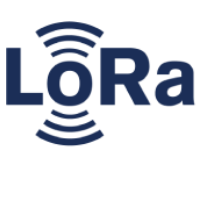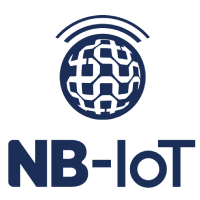Bluetooth for IoT
Bluetooth Classic vs. Bluetooth Low Energy (BLE): Bluetooth offers two main variants—Classic for data-intensive applications and Low Energy (BLE) for energy-efficient, low-power IoT connections.
Bluetooth Mesh: Bluetooth Mesh extends the capabilities of Bluetooth by enabling large-scale networks of devices, making it ideal for smart lighting, home automation, and industrial control.
Ultra-Wideband (UWB) Technology
Precise Location Awareness: UWB provides extremely accurate location data, making it valuable for applications such as asset tracking, indoor navigation, and secure access control.
Use Cases and Applications
Smart Homes: Bluetooth is commonly used in smart home devices like door locks, thermostats, and wearables. UWB is used for location-based applications and secure access.
Healthcare: Bluetooth enables the connection of medical devices for remote monitoring, while UWB can be used for tracking equipment and patients within healthcare facilities.


 Chat now
Chat now